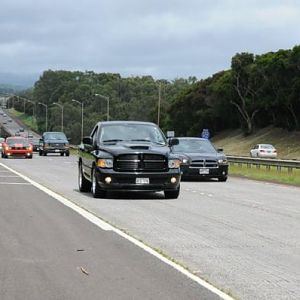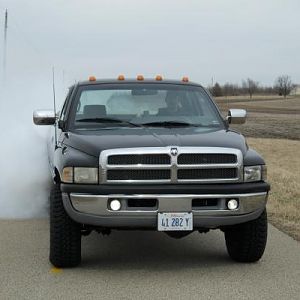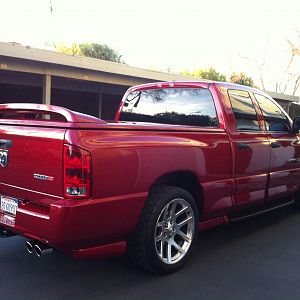I have a question. I'm thinking of cutting out the ridge adjacent to the bottom of the V of the discharge port and open up the top plate to accommodate the entire opening of the bottom of the supercharger. It seems in theory this should allow the air to be more evenly distributed across the top of the intercooler and into the cylinders. What are your thoughts on this?








Last edited:










